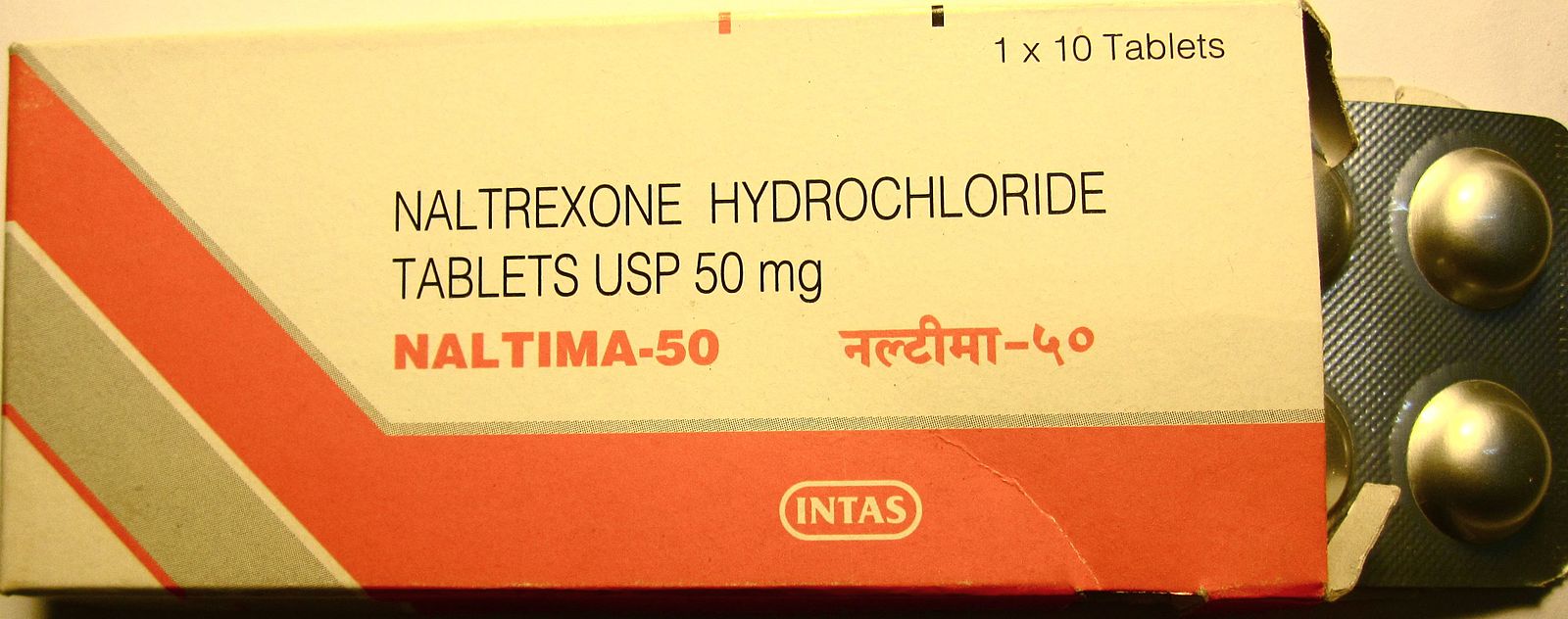Difference Between Naloxone and Naltrexone
What is Naloxone and Naltrexone?
Naloxone and Naltrexone are the 2 most common opioid antagonists used in treating drug and alcohol dependency.
Narcan (Naloxone) is primarily used as a short-term opium like substance blocker. While similar to Naltrexone (brand names ReVia and Vivitrol), it is a more short-term treatment and is the antidote used for opioid overdose.
Both naloxone and naltrexone are life-saving drugs. However, it is important to talk to your doctor before starting any of these medications as these medicines have the tendency to interact with other medicines and result in serious side effects.

Naloxone
It is a medicine that helps to block the effects of opioids (substances that act on opioid receptors to produce morphine-like effects).
It is an opioid antagonist that finds application in the absolute or unfinished or partial reversal of opium like substance overdose, including respiratory depression.
Naloxone is also used in opiate substitution drugs like Suboxone, which contains both naloxone and buprenorphine (sold under the brand name Subutex). In this capacity, it functions as a safeguarding factor against misuse of the drug.

Naltrexone
It is a medication used to manage opioid and alcohol dependence. The application of this medicine is that it doesn’t allow relapse in individuals who became reliant on opioid medication and then stopped using it. It also helps to reduce the urge or “need” to use the opioid. It is not a permanent treatment or cure for drug addiction or alcoholism.
Difference between Naloxone and Naltrexone
Definition
Naloxone
It saves lives by reversing the effects in case there is some drug overdose. This has very strong affinity for Mu receptor. It is a repetitive competitive antagonist. The effect lasts about 45 minutes.
Naltrexone
It aids in recovery and prevents drug and alcohol dependence. It binds more slowly.
Uses
Naloxone
- Injected into a patient suffering from an opioid overdose
- Works rapidly to take the effect of the drug away
- It is also used for for blood pressure support in septic shock
Naltrexone
- It has been in use for over 30 years
- It is injected and slowly released into the body
- It works in the brain to block opiate effects (for example pain relief and feelings of well-being)
Candidates
Naloxone
Anyone of the following groups;
- Opioid dose > 50 MME/day
- Concomitant benzodiazepine and opioid use
- History of opioid dose
- History of substance overuse disorder
- Respiratory conditions (e.g., Sleep Apnea and COPD)
- Excessive alcohol use
- Mental health condition(s)
Multiple guidance’s/guidelines also suggest prescribing naloxone to individuals who were earlier on chronic opium like substances and have lost forbearance to an earlier dose and are at a risk of resuming that dose using prescriptions of illicit drugs (e.g., opioid taper underway, recent release from prison or detoxification facility)
Naltrexone
Anyone beginning Naltrexone must be opioid (category of drugs that include the illegal substance like heroin) free. Though there is no proper information and evidence to decide which patients with Opioid Use Disorder are the best fit for this medication called naltrexone, the eligible candidates to consider include;
- Able to be opioid free for > 7 days before therapy
- Highly motivated (e.g. want to live)
- Desire a non-opioid option for OUD treatment
- Short term opioid use (e.g. younger patients)
- Poor response to other OUD patients
- In a mandated monitoring program (e.g., pilots)
- Co-morbid OUD and AUD
Patients who are not candidates for naltrexone include patients who use opioid in the last 7 days, have liver failure, acute hepatitis or are pregnant. Patients without supervised administration are not good candidates for oral therapy. Patients with low muscle mass are not good candidates for the injection
Length of effects
Naloxone
Often wears off within 30 minutes and completely gone within 90 minutes
Naltrexone
The pill form may last all day; the injectable form may last for up to 30 days
Precautions
Naloxone
This medication should not be taken during pregnancy as it may cause may cause opioid withdrawal in the foetus. Using this medicine with any of the following medicines is usually not recommended; Morphine, Naloxegol, Morphine Sulfate Liposome, Oxycodone, Naldemedine, Oxymorphone
Naltrexone
Some products that may interact with this medication include: disulfiram, diarrhoea drug (such as diphenoxylate) dextromethorphan, opioid pain or cough relievers (for example hydrocodone, codeine), thioridazine.
Oral bioavailability
Naloxone
2 per cent (high absorption but extensive first-pass metabolism)
Naltrexone
Up to 40 per cent
Summary
The points of difference between Naloxone and Naltrexone have been summarized as below:
Comparison chart for Naloxone and Naltrexone

- Difference Between Global Warming and Greenhouse Effect - May 18, 2024
- Difference Between Vaccination and Immunization - March 3, 2024
- Difference Between Selective Mutism and Autism - February 25, 2024
Search DifferenceBetween.net :
Leave a Response
References :
[0]Image credit: https://commons.wikimedia.org/wiki/File:Naltrexone_Hydrochloride.jpg
[1]Image credit: https://commons.wikimedia.org/wiki/File:Naltrexone_Hydrochloride.jpg
[2]Image credit: https://commons.wikimedia.org/wiki/File:Naloxone_(1).JPG
[3]Barnett, V., Twycross, R., Mihalyo, M., & Wilcock, A. (2014). Opioid antagonists. Journal of pain and symptom management, 47(2), 341-352.
[4]Gauthier, C. A., & France, C. P. (1999). The discriminative stimulus effects of naloxone and naltrexone in morphine-treated rhesus monkeys: comparison of oral and subcutaneous administration. Psychopharmacology, 144(2), 131-136.
[5]Krieter, P., Chiang, C. N., Gyaw, S., Skolnick, P., & Snyder, R. (2019). Pharmacokinetic Interaction between Naloxone and Naltrexone Following Intranasal Administration to Healthy Subjects. Drug Metabolism and Disposition, 47(7), 690-698.
